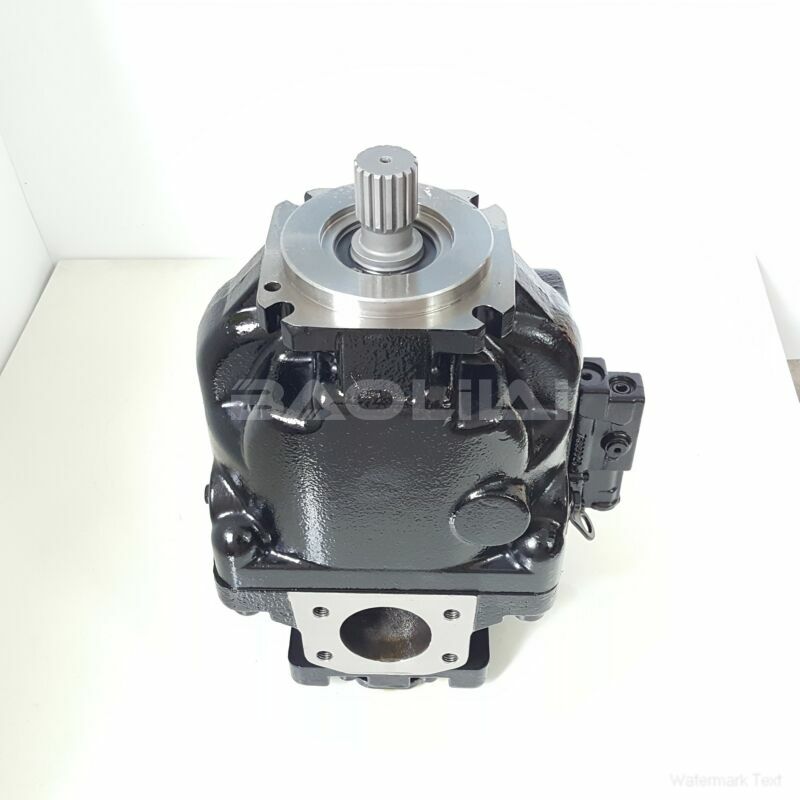ERR100BLS2528NNN3S1CPA1NNNNNNNNNN sauer danfoss pump
ERR100BLS2528NNN3S1CPA1NNNNNNNNNN sauer danfoss pump

- Product Details
- Applicable Scene
Hydraulic pump cavitation is a common issue that can lead to severe damage and reduced efficiency in high-pressure hydraulic circuits. Understanding how to identify and troubleshoot cavitation can save time, reduce repair costs, and prolong the life of the hydraulic system. This article discusses the causes, symptoms, and solutions to hydraulic pump cavitation.
ER-R-100B-LS-25-28-NN-N-3-S1CP-A1N-NNN-NNN-NNN
ERR100BLS2528NNN3S1CPA1NNNNNNNNNN
Cavitation occurs when the pressure in the fluid drops below its vapor pressure, causing the formation of vapor bubbles. These bubbles can collapse violently when they move into higher pressure areas within the hydraulic system, leading to potential damage to the pump and other components. To effectively troubleshoot cavitation, it’s essential to have a systematic approach.

83014923
Identify the Symptoms
The first step in addressing cavitation is to recognize its symptoms. Common signs of hydraulic pump cavitation include:
Unusual Noise: Listen for a characteristic knocking, grinding, or “marbles rolling” sound coming from the pump.
Reduced Performance: Notice a drop in operating pressure or flow rate, which may affect the functioning of the machinery.
Vibration: Excessive vibration may signal cavitation, leading to component wear and tear.
Fluctuating Pressure Gauges: If the pressure readings on gauges fluctuate significantly, it could indicate cavitation.
Assess the Causes
Once symptoms are identified, it’s crucial to investigate the potential causes of cavitation:
Insufficient Inlet Pressure: Ensure that the fluid entering the pump is at an adequate pressure. Low inlet pressure can result from a restricted supply line or excessive elevation of the pump from the fluid source.





